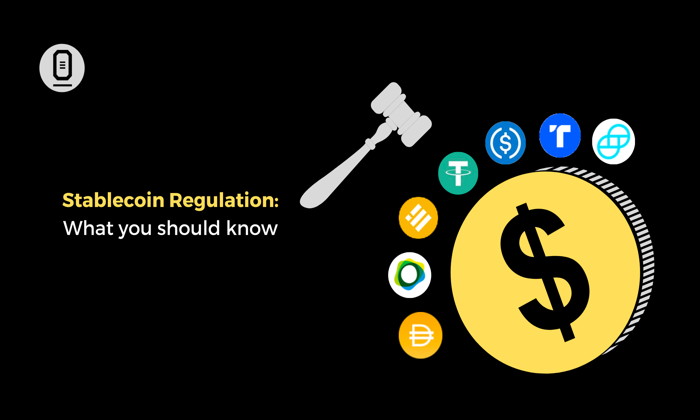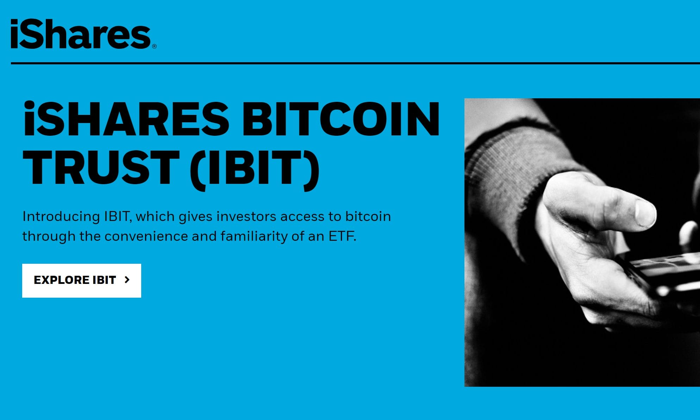In the evolving landscape of digital finance, Stablecoin regulations are taking center stage as legislators strive to balance innovation and investor protection. The recent focus on the STABLE Act highlights the push for improved stability and transparency within the stablecoin ecosystem. This legislation proposes a comprehensive federal framework that outlines compliance mechanisms and criteria for issuers, offering clarity that is greatly needed in the sector. A notable point of contention remains the prohibition of yield-bearing stablecoins, which many industry advocates argue could enhance economic utility for users. As discussions unfold in the House Committee on Financial Services, the outcome may significantly impact the future of financial services and the role of stablecoins in a rapidly digitizing economy.
As discussions gain momentum around digital currencies, discussions often refer to the regulatory environment surrounding payment tokens and their oversight. The forthcoming markup session for the STABLE Act represents a pivotal moment for the governance of these financial instruments. This proposed legislation aims to enhance the integrity of the market and improve transparency standards while addressing critical concerns over investor safeguards. Central to the debate are the restrictions on interest-bearing tokens, which many stakeholders believe could impede the growth and adoption of these digital assets. By establishing clear guidelines, the act seeks to create a more secure framework for stablecoins and their issuers, potentially reshaping the future financial landscape.
Understanding the STABLE Act and Its Impact on Stablecoin Regulation
The STABLE Act, formally known as the Stablecoin Transparency and Accountability for a Better Ledger Economy Act, aims to establish a clear regulatory framework surrounding stablecoins. Scheduled for markup by the House Committee on Financial Services, the act emphasizes the need for compliance and regulatory clarity amid the expanding influence of stablecoins in the financial ecosystem. As financial services continue to integrate with blockchain technology, a comprehensive approach towards stablecoin regulation is essential to instill confidence among users and investors alike.
By refining definitions and compliance mechanisms, the STABLE Act seeks to delineate between federally regulated financial institutions and other entities aspiring to issue stablecoins. This structure is particularly aimed at mitigating risks associated with the misuse of stablecoins, which can lead to market disruptions. Additionally, the act’s regulations also promise to foster transparency within the issuing process of stablecoins, ensuring that issuers are held accountable for their claims and operations.
Frequently Asked Questions
What are the implications of the STABLE Act on stablecoin regulations?
The STABLE Act proposes a comprehensive framework for the regulation of stablecoins, focusing on compliance, issuer qualification, and transparency. It is designed to establish clarity around the responsibilities of issuers, which may help strengthen investor protections and regulatory oversight in the stablecoin market.
How does the prohibition of yield-bearing stablecoins affect the stablecoin market?
The prohibition of yield-bearing stablecoins, as stated in the STABLE Act, restricts stablecoins that offer interest on reserves, impacting the competitive landscape for digital currencies. This restriction may hinder innovation and limit the financial benefits that stablecoins can provide to users, such as higher returns compared to traditional savings accounts.
What are yield-bearing stablecoins and why are they being discussed in stablecoin regulations?
Yield-bearing stablecoins are digital currencies that distribute interest to holders based on their reserve assets, similar to traditional savings accounts. Their regulation is under scrutiny due to concerns about investor protection, as these products may be classified as securities under current laws, thus necessitating a clear regulatory framework.
Who are the qualified issuers under the STABLE Act regulations?
Under the STABLE Act, qualified issuers are categorized into three groups: federally regulated institutions, nonbank entities approved by the Comptroller of the Currency, and state-supervised entities operating under certified regimes. This classification is intended to ensure that only compliant entities can issue stablecoins.
What concerns have been raised regarding the transparency of stablecoins in the proposed regulations?
Concerns about stablecoin transparency focus on the clarity of issuer qualifications and the operational measures they must adopt to ensure investor safety. Advocates for the STABLE Act argue that detailed compliance mechanisms are necessary to foster trust and accountability within the stablecoin ecosystem.
How does the STABLE Act impact financial inclusion through stablecoin use?
The STABLE Act’s provisions, particularly the prohibition of yield-bearing stablecoins, could limit financial inclusion opportunities. Critics argue that allowing interest-bearing stablecoins would provide individuals in underbanked regions access to competitive financial tools, enabling them to benefit from higher yields and better overall financial health.
What role does the House Financial Services Committee play in the regulation of stablecoins?
The House Financial Services Committee is pivotal in overseeing and discussing the regulatory framework for stablecoins, including proposing and reviewing legislation such as the STABLE Act. Their markup sessions and debates shape how stablecoins will be regulated and how the market will evolve.
Why are advocacy efforts pushing for the inclusion of on-chain interest functionality in stablecoin regulations?
Advocates, like Coinbase CEO Brian Armstrong, argue that on-chain interest functionality should be included in stablecoin regulations to enhance user access to competitive financial products. They believe that permitting yield-bearing stablecoins will benefit consumers by enabling them to retain more value from their investments and increase financial inclusion in underserved markets.
What changes were introduced in the Amendment in the Nature of a Substitute (ANS) for the STABLE Act?
The ANS for the STABLE Act introduced revisions to clarify definitions, enhance compliance mechanisms, and refine the criteria needed for stablecoin issuers. These changes aim to strengthen the regulatory framework while maintaining prohibitive language against yield-bearing stablecoins, which has sparked controversy within the industry.
How does stablecoin regulation affect the overall cryptocurrency market?
Stablecoin regulation plays a crucial role in the broader cryptocurrency market by setting standards for compliance, transparency, and operational integrity. Clear regulations can help foster market confidence, protect consumers, and drive adoption of stablecoins, which are integral to various blockchain applications and are often used for trading and transactions.
| Key Points | Details |
|---|---|
| STABLE Act Markup Session | Scheduled for April 2 to review the Amendment in the Nature of a Substitute. |
| Revision of Bill Definitions | The updated draft clarifies definitions and strengthens compliance mechanisms. |
| Issuer Qualification Criteria | Distinguishes between federally regulated institutions, nonbank entities, and state-supervised entities. |
| Prohibition of Yield-bearing Stablecoins | Retention of provisions against yield-bearing stablecoins, which remains a controversial point. |
| Concerns of Financial Protection | Proponents argue this reflects investor protection and regulatory clarity concerns. |
| On-Chain Interest Functionality | Advocated by Coinbase CEO Brian Armstrong; argued to improve financial tools for users. |
| Potential for Global Financial Access | Stablecoins could serve underbanked regions if on-chain interest is allowed. |
| Markups and Amendments | Possibility of changes to remove restrictions during the markup process. |
Summary
Stablecoin regulations are currently being shaped by the STABLE Act, which aims to establish a federal framework for managing payment stablecoins. As the April 2 markup session approaches, the spotlight remains on the prohibition of yield-bearing stablecoins, a contentious issue that has stirred debates within the industry. Advocates for this regulation argue it is essential for investor protection, while critics highlight the potential economic benefits of allowing stablecoins to offer interest. The ongoing discussions around these regulations could significantly influence the adoption and evolution of stablecoins in the financial landscape.
Stablecoin regulations continue to take center stage in the ever-evolving landscape of digital finance. As the House Committee on Financial Services prepares for the markup session of the STABLE Act, discussions focus on enhancing stablecoin transparency and establishing a clear regulatory framework. The Act addresses critical issues such as issuer qualification and compliance, while also considering the contentious topic of yield-bearing stablecoins. With ongoing debates surrounding investor protection and financial innovation, the regulation of stablecoins is crucial for fostering a stable digital economy. As we move forward, the implications of these regulations will undoubtedly shape the future of financial services and consumer access to digital assets.
The emerging landscape of digital currencies is increasingly influenced by legal frameworks designed to govern various forms of crypto assets, particularly payment stablecoins. Initiatives like the STABLE Act aim to enhance accountability and oversight, promising a more structured approach to the management of these assets. By outlining specific criteria for who can issue stablecoins, this legislation seeks to bolster both consumer safety and financial integrity. Additionally, discourse around interest-bearing digital currencies, which have been a point of significant debate among lawmakers and the industry, highlights the balance needed between regulatory caution and fostering innovation. As these discussions unfold, the focus on structured regulations underscores the importance of adapting traditional financial principles to the digital realm.















